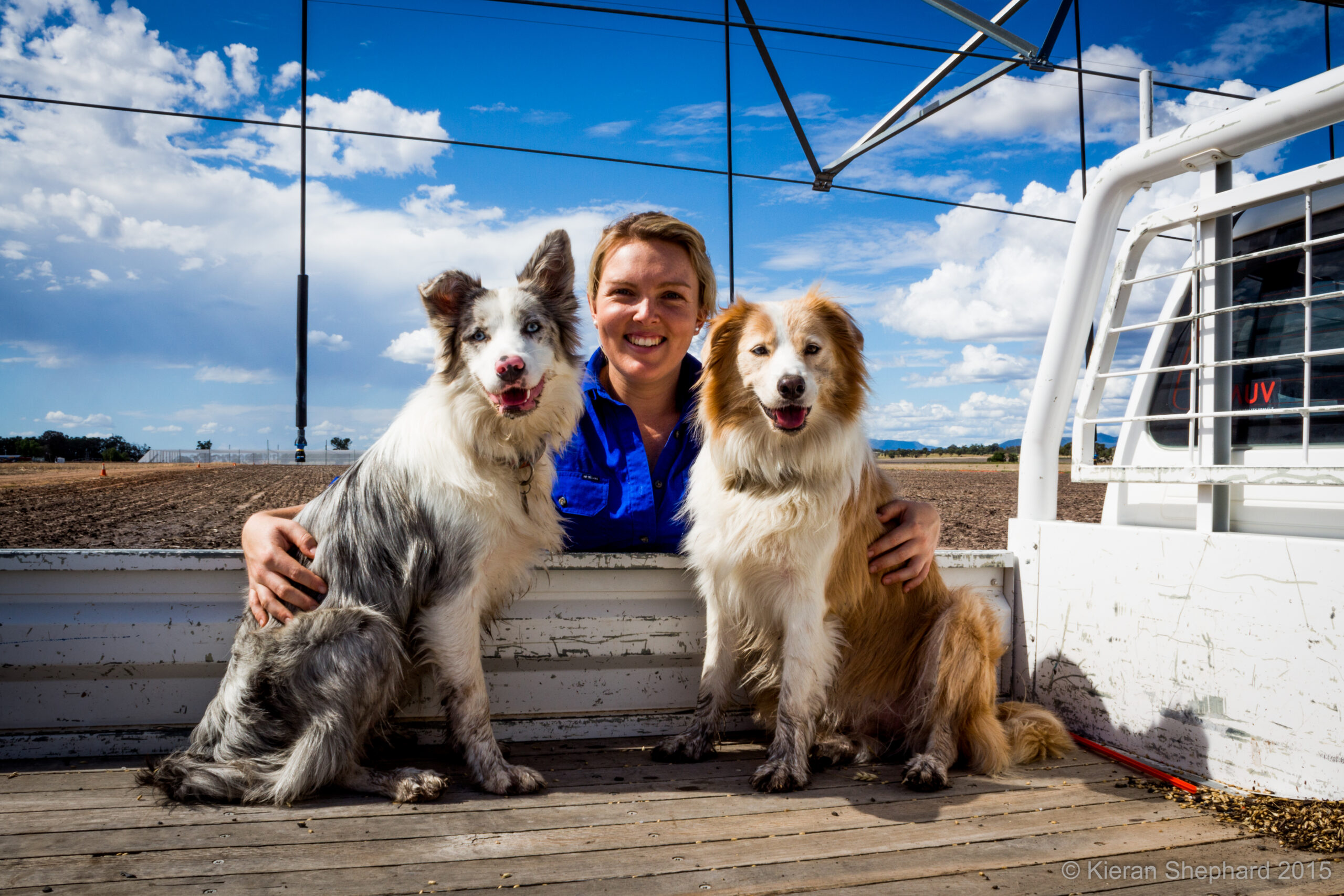Narrabri-based scientist Dr Bec Thistlethwaite contributes a column to The Courier on the science in our daily lives. Readers are invited to send their science questions in to Dr Bec via [email protected]
You might’ve noticed that after a long bath or swim, your fingers and toes turn all wrinkly – like little prunes. But why does that happen?
For a long time, people thought it was just skin passively soaking up water and swelling.
But the real reason is much smarter – and it comes down to evolution and grip.
Here’s the science: Your skin is covered in a protective layer called the stratum corneum.
It does absorb a bit of water, but wrinkling isn’t just about swelling.
In fact, researchers discovered that if the nerves in your fingers are damaged, they don’t wrinkle at all.
That means wrinkling is controlled by your nervous system – so it’s an active response, not just a side effect.
What’s the point?
One leading theory is that wrinkly fingers help improve grip on wet or slippery surfaces.
Like tyre treads, those little skin folds might help channel away water and give your fingers more traction.
This could’ve helped our ancestors gather food from streams or climb wet rocks without slipping.
The body doesn’t bother doing this unless it needs to.
That’s why your skin stays smooth in dry conditions and only gets wrinkly after a few minutes in water – your brain is detecting the environment and sending signals to narrow blood vessels beneath the skin, pulling the skin inward and creating wrinkles.
To order photos from this page click here










